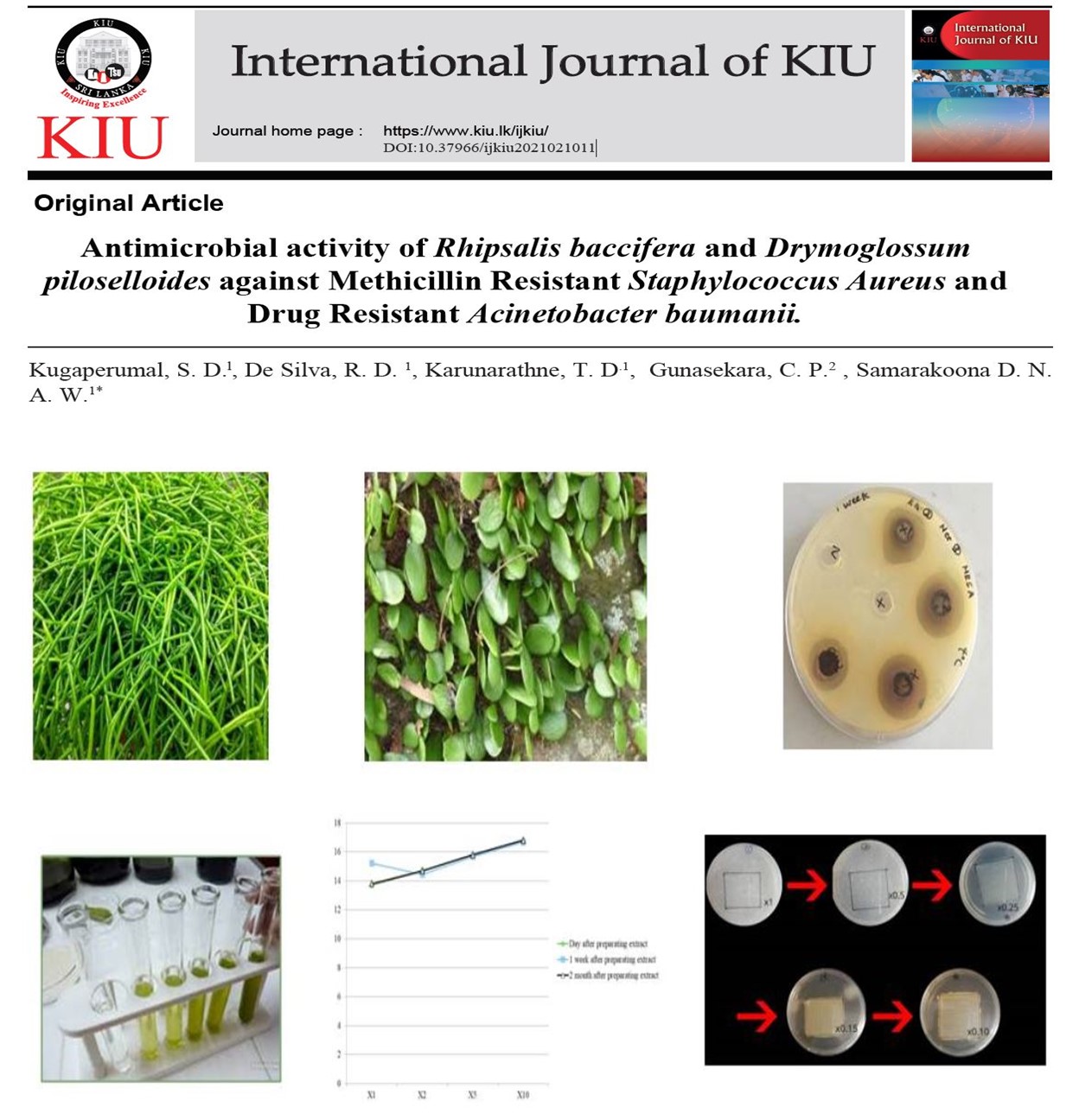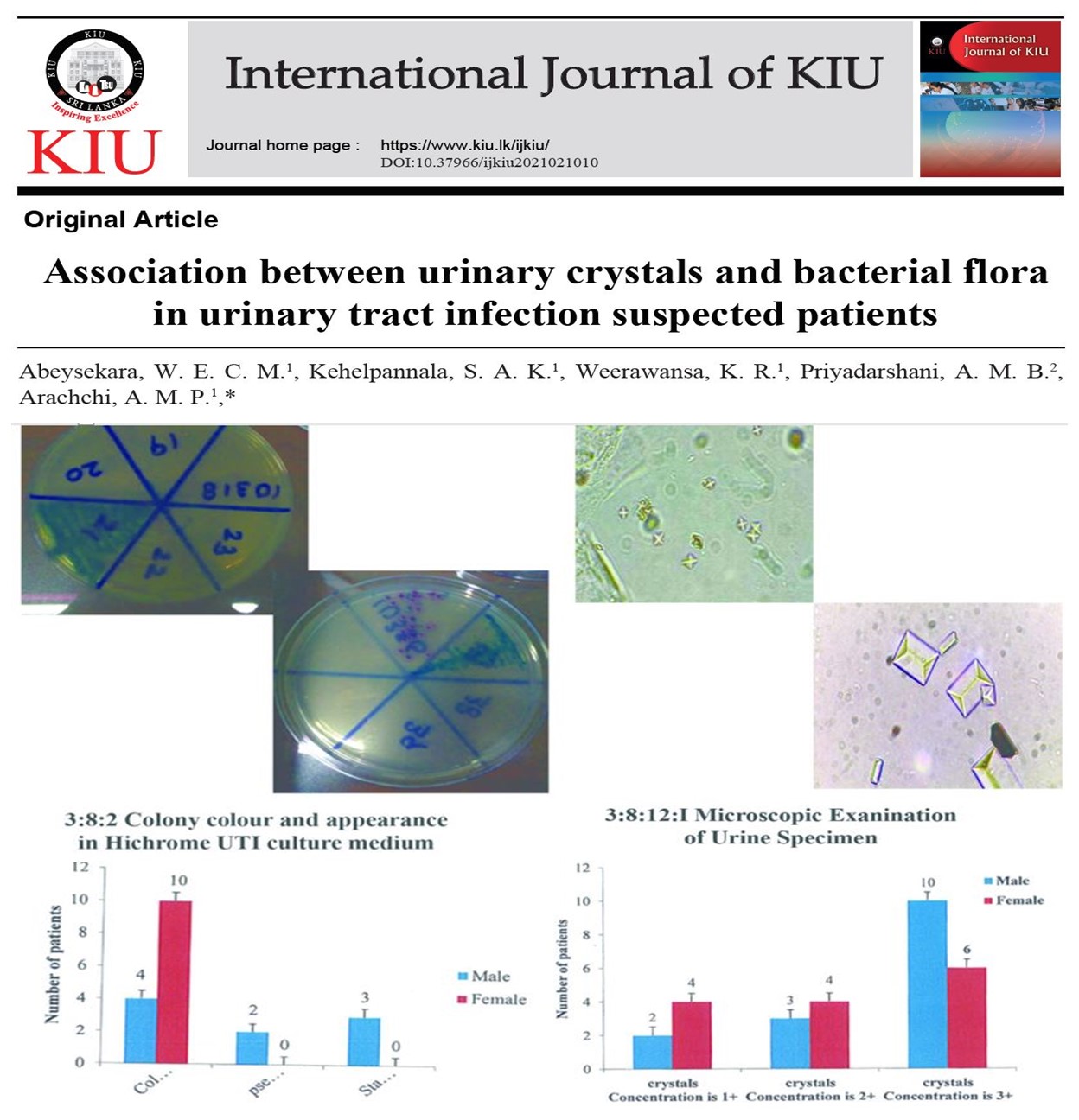Women with Split Identity; A Literary Analysis based on the selected Female Portrayals in Literature
Female characters in Literature are portrayed through diverse dimensions such as heroic figures, objects of desire, rebellious individuals, icons of female liberation and individuals with fragmented identities. Those potrayals reflect the the feminine self which is surrounded by the awareness of her negated existence, stereotyped images of womanhood, the sense of lack of belonging, and repressed individuality. Thus the study focuses on analyzing the female literary portrayals like ‘Nora Helmer’in ‘The Dolls House’ by Henric Ibsen, ‘Adela’ in ‘The House of Bernarda Alba’ by Federico Garcia Lorca and ‘Emma Bovary’ in ‘Madame Bovary’ by Gustave Flaubert, ‘Maggie Tulliver’ in The Mill On the Floss by George Eliot and ‘Kattrin’ in Mother courage and Her children by Bertolt Brecht with the objective of bringing to the surface the socially determined fatal end and the symbolic disappearance of the feminine figure. In analyzing and elaborating the perspectives which are discussed within the research paper the theoretical perspectives of Simon de Beauvoir (‘The second sex’), Sigmund Freud, (‘Civilization and its Discontents’,)and Slavoj Zizek, (‘Looking Awry’) are referred with a thorough consideration. Consequently the woman figure whose identity is negated and given less vitality is identified as an inferior and vulnerable social figure within the existing social order and thus the literary characters like Adela, Nora, Emma, and Maggie Tulliver portray the antagonism between the social principle of ‘Repression’ and the feminine ‘ Liberation’. In contrast to the characters such as Adela, Emma and Nora who negate the social other in pursuing their determined routes towards the self-satisfaction, the feminine portrayals like Kattrin and Maggie Tulliver adopt the self-denial and renunciation of desires for the betterment of the social other. Thus the characters like Nora, Emma and Adela become capable of gratifying their intense abomination towards the social order while Kattrin and Maggie Tulliver with their self-sacrifice and altruistic motives achieve a serene satisfaction. In that sense it can be identified that their self-annihilation leaves behind a symbol of identity rather than nihilistic reality implying a more psychological vitality without being just a physical deterioration.
Keywords
Feminine figure
,
Repression
,
Liberation
,
Individuality
,
Self-annihilation









Related Articles